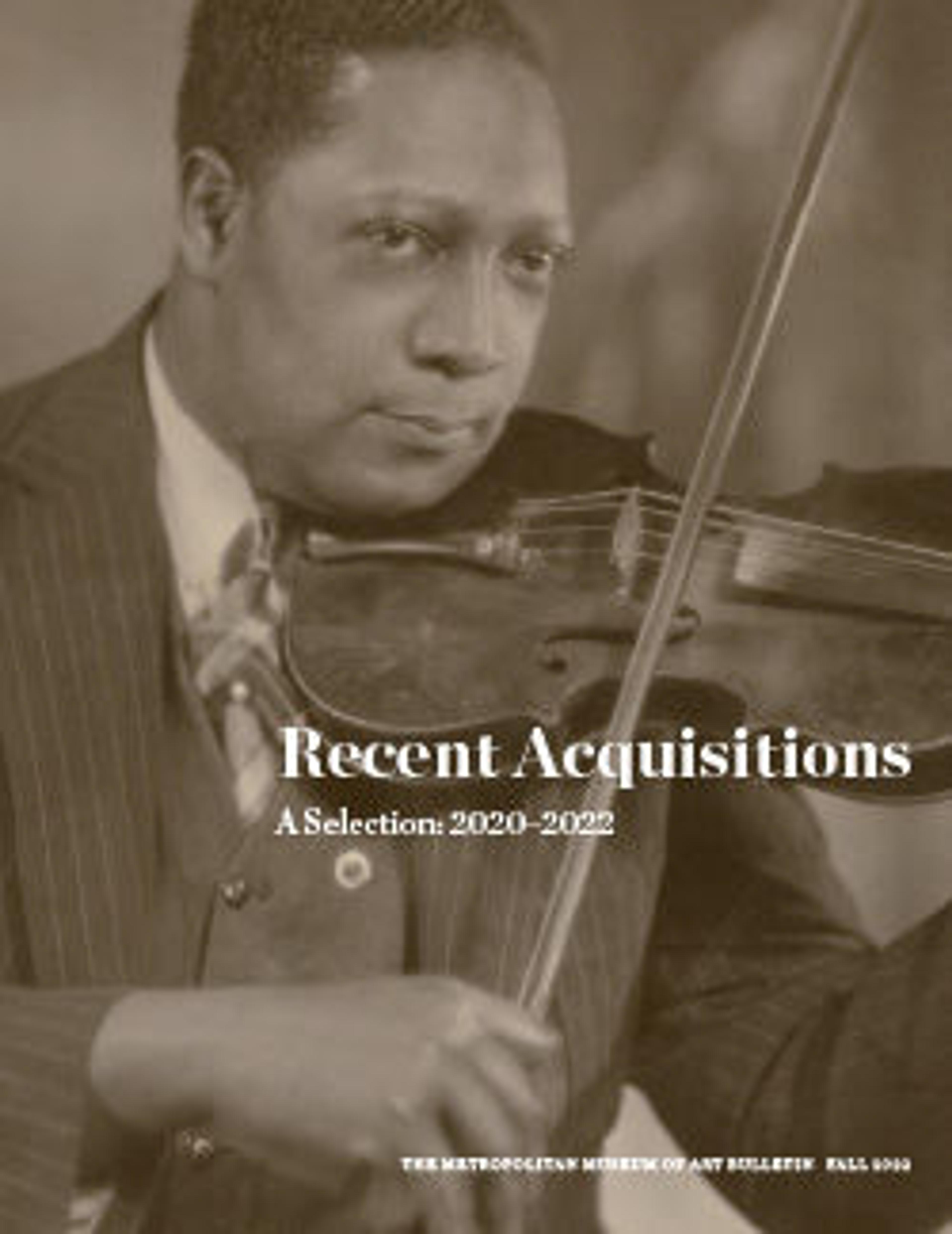The Martyrdom of Saint John the Baptist
This panel once formed the right wing of an altarpiece dedicated to Saint John the Baptist, the left wing of which is nearby. The biblical texts of Matthew, Mark, and Luke recount the saint’s martyrdom. John was thrown into prison by King Herod for preaching against the ruler’s decision to marry his brother’s wife, Herodias. Scheming with her mother to get rid of John, Salome danced before Herod, demanding his head as a reward. Herod reluctantly agreed, and John’s head was delivered to Salome on a platter.
Artwork Details
- Title:The Martyrdom of Saint John the Baptist
- Artist:Bernard van Orley (Netherlandish, Brussels ca. 1492–1541/42 Brussels)
- Date:ca. 1514–15
- Medium:Oil on wood
- Dimensions:25 1/2 x 29 1/4 in. (64.8 x 74.3 cm)
- Classification:Paintings
- Credit Line:Bequest of Hester Diamond, in honor of Maryan Ainsworth, 2020
- Object Number:2020.233
- Curatorial Department: European Paintings
More Artwork
Research Resources
The Met provides unparalleled resources for research and welcomes an international community of students and scholars. The Met's Open Access API is where creators and researchers can connect to the The Met collection. Open Access data and public domain images are available for unrestricted commercial and noncommercial use without permission or fee.
To request images under copyright and other restrictions, please use this Image Request form.
Feedback
We continue to research and examine historical and cultural context for objects in The Met collection. If you have comments or questions about this object record, please contact us using the form below. The Museum looks forward to receiving your comments.
